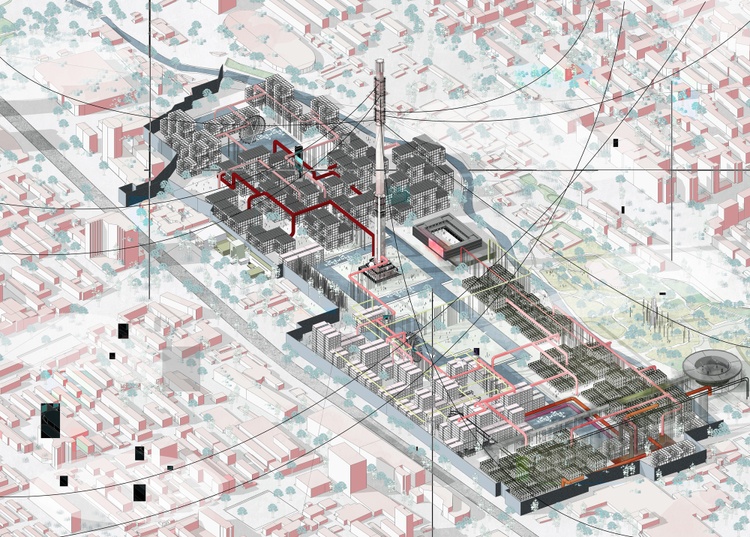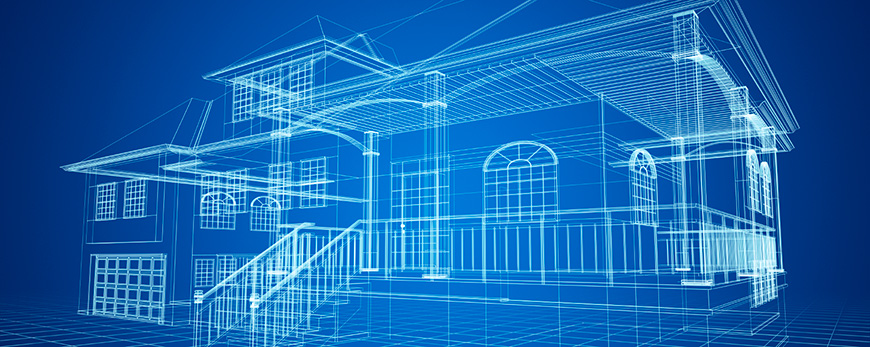Why CDA Architects Are Leaders in Architectural Style and Technology
Why CDA Architects Are Leaders in Architectural Style and Technology
Blog Article
Comprehending the Collaborative Refine In Between Engineers and Designers in Modern Building Projects
The joint procedure in between architects and engineers is important in contemporary building and construction projects, as it integrates style intent with engineering expediency. Exploring these characteristics discloses insights that could dramatically impact project outcomes and total industry criteria.
The Relevance of Cooperation
The joint harmony in between engineers and designers is essential for the successful awareness of any kind of construction task. This partnership unites distinct competence and viewpoints, allowing the assimilation of ingenious style with functional design remedies. By working together, designers and designers can guarantee that a project not just satisfies visual and functional needs however additionally adheres to safety and security, sustainability, and monetary restraints.
Partnership cultivates a common vision, facilitating the positioning of goals and assumptions from the start. This positioning is important in addressing possible obstacles and mitigating threats that can emerge during the project lifecycle. Furthermore, a joint strategy permits the reliable allocation of resources, maximizing both time and price.
The relevance of collaboration reaches the repetitive process of design and building, where comments from designers can notify building decisions, leading to even more possible and lasting layouts. On the other hand, engineers can motivate engineers to believe creatively about exactly how to accomplish structural integrity without compromising artistic intent. Ultimately, the collaborative partnership between engineers and engineers is not simply helpful; it is fundamental to the development of top notch, functional, and cutting-edge developed atmospheres that meet the demands of society.
Communication Methods and Tools
Reliable communication strategies and tools are important for promoting partnership in between architects and designers throughout the project lifecycle. Developing clear channels of communication is necessary to make certain that all staff member are straightened with job objectives, timelines, and responsibilities. Routine conferences, both in-person and online, provide chances for stakeholders to go over progression, address concerns, and make informed decisions.

Additionally, adopting joint interaction devices, such as Slack or Microsoft Teams, permits for immediate messaging, data sharing, and ongoing discussions, advertising a much more active feedback to arising concerns. Paper administration systems likewise play a critical role in organizing project documents, making certain that all employee have accessibility to the most recent details.
Shared Objectives and Task Vision
A linked project vision acts as the structure for successful collaboration between designers and engineers (cda architects). This shared vision not just aligns the initiatives of both events however my blog additionally establishes a common framework news for decision-making throughout the project's lifecycle. By verbalizing clear goals, stakeholders can successfully browse the complexities of modern building and construction projects, ensuring that both aesthetic and useful demands are satisfied
Establishing shared objectives entails open discussion and a comprehensive understanding of each discipline's payments. Designers commonly concentrate on design intent, spatial relationships, and individual experience, while engineers emphasize structural stability, systems capability, and conformity with regulations. When these point of views are lined up, the outcome is a cohesive job that adheres to both imaginative aspirations and technological expediency.
Additionally, a well-defined task vision promotes accountability among employee, encouraging each individual to take possession of their function in accomplishing the wanted result. Routine check-ins and collaborative workshops can further reinforce this dedication, enabling changes to be made as the job develops. Eventually, a shared vision not just improves synergy yet also raises the top quality of the last deliverable, leading to effective task completion.
The Role of Modern Technology
Leveraging innovation has actually become essential in boosting partnership in between engineers and designers. Structure Information Modeling (BIM) stands out as a crucial modern technology, allowing both designers and engineers to create detailed 3D designs that encapsulate layout intent and architectural honesty.
Moreover, cloud-based platforms enable smooth partnership, allowing task stakeholders to gain access to and upgrade project data from anywhere. This fosters a society of openness and accountability, as changes can be tracked and examined in real-time. Furthermore, mobile applications additional enhance interaction, supplying on-site groups with immediate access to job specifications and updates.
Arising innovations such as expert system and artificial intelligence are likewise starting to play a duty in anticipating evaluation, assisting teams recognize possible problems before they develop. Inevitably, the function of innovation in architecture-engineering collaboration not just improves workflow performances yet also enhances technology, leading to even more effective task end results. By embracing these technical improvements, architects and designers can make certain a more natural and efficient joint process throughout the building lifecycle.
Situation Research Studies in Effective Collaborations
Numerous study show the profound effect of efficient collaborations between engineers and engineers on project end results. One noteworthy example is the partnership on the High Line in New York City, where landscape designers, engineers, and metropolitan organizers collaborated to transform a deserted my blog rail line into a vibrant public park. This multidisciplinary approach not only enhanced the aesthetic top quality but likewise ensured architectural safety and environmental sustainability.

The Burj Khalifa in Dubai even more shows the importance of collaborative efforts - cda architects. The combination of design and engineering experience allowed the task group to attain extraordinary elevations while adhering to safety and security guidelines and visual vision
These examples underscore the value of communication, count on, and shared purposes. In today's complex construction atmosphere, such partnerships are vital to navigating challenges and delivering projects that satisfy both practical and visionary goals.
Conclusion
In final thought, the cooperation in between designers and designers is vital for the success of modern building projects. Effective communication methods, a common project vision, and the combination of sophisticated modern technologies are vital components that promote this collaboration.
Report this page